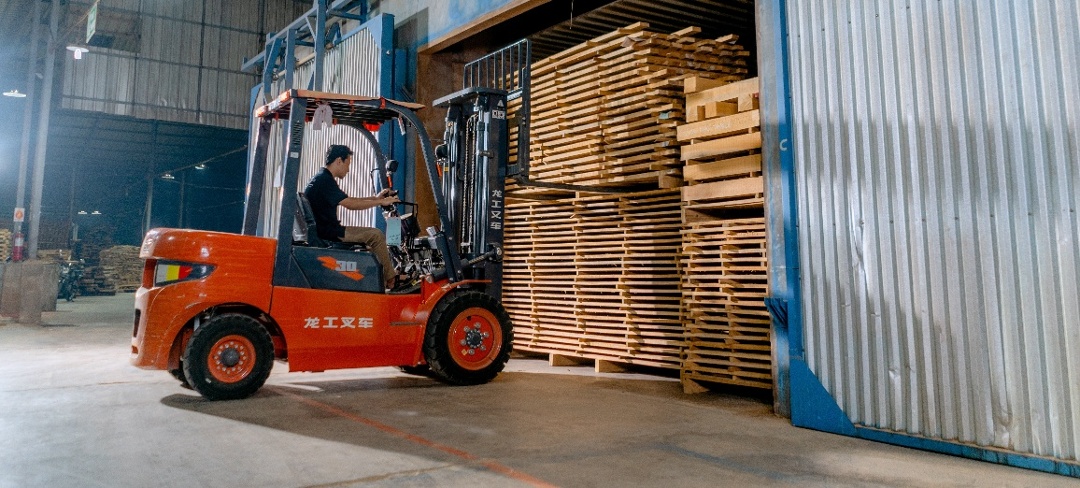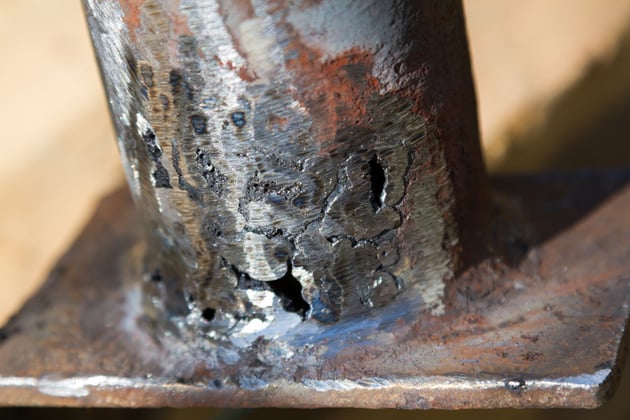4 Aluminum Extrusion Building Systems Use Cases to Boost Your Project

If there’s ever been a one-size-fits-all solution to an engineering problem, we’ve yet to meet it.
In the world of modular structural framing, welded steel is too often assumed to be the correct answer. Fortunately, some designers understand the advantages of machined or extruded aluminum – though sometimes even they miss the boat, especially with extrusions.
So, what’s truly possible with an aluminum extrusion building system? And when is it appropriate to consider one vs. your current solution? You’re in for surprises (yes, plural).
When to Use Aluminum Extrusion Building Systems?
While extrusions still don’t belong everywhere (e.g. your next skyscraper), advances in technology have helped aluminum extrusions succeed in projects once thought impossible.
Reconsider their viability in these use cases:
- There’s a weight limit to your high-strength application.
- You’re sick of stopping production to fix the framing.
- You need to adjust the build frequently.
- If looks could kill, your framing would be deadly.
1. There’s a weight limit to your high-strength application.
Whenever they hear “structural” or “heavy-duty” in project requirement discussions, engineers naturally gravitate toward steel. There’s a tendency to overdesign for structural applications. (This even happens with aluminum sometimes.)
Yes, steel is a stronger material than aluminum. And, yes, aluminum is lighter than steel.
However, it’s not a 1:1 equation.
|
Tensile strength |
Density |
Strength-Weight Ratio |
|
|
Typical mild steel |
~55,000 psi |
~7.87 g/cm3 |
0.47 |
|
Typical aluminum |
~40,000 psi |
~2.71 g/cm3 |
1.00 |
Comparing strength to density shows that aluminum extrusions are strong enough to hold more weight than you might realize. Also, the common perception of aluminum is that it’s inferior due to steel’s greater stiffness. As you can see, the difference in stiffness does not equate 1:1 to load capacity. In most applications, you can design around the difference in stiffness.
Consider an aluminum system when you face a project weight limit, and steel’s heaviness is compromising other performance traits.
Here’s a real-life customer example: A factory needed a big frame it could attach to a forklift with an 8-ton capacity. The original design specified steel, but the fixturing was so heavy it didn’t leave the forklift enough capacity for the actual load the fixture was lifting!
After consulting with an extrusion frame manufacturer, the buyer switched to a lightweight aluminum design. The aluminum fixture met the same safety and strength requirements as the steel fixture, but also allowed the forklift to operate within its load capacity.
2. You’re sick of stopping production to fix the framing.
Consider an aluminum system when your structural supports are to blame for bloated maintenance and replacement downtime.
When this happens, it’s often for one of two reasons:
- Corrosion
- Loose connections
Corrosion is a clear indicator that aluminum belongs in your project. Because it’s highly reactive to the environment, welded carbon steel framing needs lots of extra work to prevent it from corroding. Aluminum profiles, especially those with architectural-grade anodized coating, can stand up to rain, chemicals, and other corrosives with little trouble.
Connections are a more serious issue – and a huge reason why some engineers stay away from traditional T-slot structures. When your building system wiggles loose at the slightest bump or vibration, it doesn’t make for a time- or cost-efficient product. Even with regular maintenance to tighten the brackets, the frame won’t last as long as one made from steel.
So why would we recommend extruded aluminum systems to engineers and maintenance managers frustrated with stop-start production?
It turns out the 1970s-era T-slot technology has evolved. Today, self-aligning aluminum brackets and profiles are available to offer the rigidness you thought only existed in steel. Thanks to the use of angled bolts and a unique approach to engineering, these framing systems actually seal themselves with vibration. The bonded connections eliminate the need for routine maintenance and outlast traditional T-slot systems by many years.
3. You need to adjust the build frequently.
Welded steel isn’t forever like diamonds, but it’s fairly close. Any time your welder fuses two components, the result is permanent unless you cut it off the assembly.
Future modifications will suck even more money and time from your operation:
- Wait for a welder to be available
- Cut out unwanted parts
- Prep the surface of new parts (again)
- Weld the parts (again)
- Coat the surface (again)
Consider an aluminum system when your application involves lots of setup and teardown, or you wish you could repurpose the assembly for evolving needs.
The modularity of aluminum framing systems makes them more mistake- and future-friendly. You can add, subtract, and edit to your heart’s content, and transport the lightweight parts more easily than steel parts.
Aluminum extrusions are also a better option than machined aluminum profiles in builds that could benefit from instant variability. Want adjustable fencing for a factory machine? Using extrusions is much more cost-effective than machining the parts.
This is especially true if you use self-aligning extrusion technology to extend your structure’s lifetime value. Assembly takes about 50% less time than with T-slots, and pieces align precisely and permanently. All you need is one competent worker and one Allen wrench – no leveling necessary.

4. If looks could kill, your framing would be deadly.
Since structural steel is notorious for corrosion, it’s also notorious for not being the prettiest as it ages. Even with a protective paint or powder coat, the material will eventually start to flake, exposing that infamous and hideous brown.
Even healthy steel frames start to look unsightly as you weld on modifications and extra supporting brackets over time.
Consider an aluminum system when you need a clean, professional look.
Aluminum structural framing systems always get one thing right: They leverage the natural, protective layer aluminum forms to offer a rust-free alternative to steel.
However, aesthetic projects are another case where aluminum poses its own problems unless you optimize the design. One of the disadvantages of T-slot frames is that they’re simply not attractive.
Fortunately advanced aluminum systems (the self-aligning kind) improve this flaw enough that you’ll say, “Wow, I didn’t know a modular aluminum frame could look this elegant.”
There are two ways self-aligning systems achieve a sleek visual impossible with T-slots:
- Fewer components are required, streamlining the look
- Pieces last longer, eliminating the need for bulky add-on fixes
Even if your internal team doesn’t judge the structure based on looks, your customers might. With this uniquely engineered system, your framing will age gracefully in a worship room, executive office, or trade show booth.
Are Aluminum Extrusions Reliable Enough for Your Industry?
The number of industries taking advantage of aluminum’s strength-weight balance is growing by the day.
Aluminum framing systems are pigeonholed as a quick and cheap solution for modular builds. However, they’re most valuable when you need a highly engineered, custom solution.
- Manufacturing – High-end, self-aligning aluminum systems are reliable and adjustable to your process, keeping your line running better for longer in multiple configurations. Applications include anywhere you want something elevated off the ground and anytime vibration and shock loading could affect your product.
- Examples: Machine enclosures and bases, automation equipment, material handling structures
- Aerospace & defense – Maintenance isn’t exactly simple overseas or thousands of feet in the air. Rely on self-aligning extrusions when you need a lightweight, failproof solution – in other words, any project with a higher standard than “good enough” or “temporary.”
- Examples: Vehicle maintenance stands, aerospace fixtures
- Medical, science, & cleanrooms – Aluminum is more corrosion-resistant than carbon steel, yet less expensive and lighter than stainless steel. Unlike T-slots, you can count on it to hold up to mission-critical jobs.
- Examples: Mobile workstations, testing and research enclosures
Aluminum Extrusion Building Systems in Your Products
Your use case is special and unique, and your material and process choices should reflect that. A lesser-known solution may outperform standard steel, and even T-slots, if your project demands:
- Strict strength-weight balancing
- A solution to the downtime problem
- Rapid assembly & reconfiguring
- An aesthetic you can be proud of
To learn more about advanced engineering and high-precision aluminum structures, visit our resource blog:


Leave a Comment